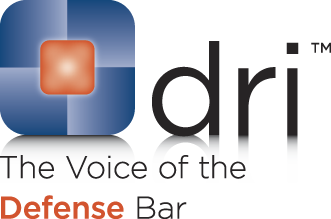Can an insured, who has been compensated by his own auto insurance company for a theft loss, still bring an action against the alleged tortfeasor? Does Nevada’s Hotel “Shield” Law, NRS 651.010 (1), protect a hotel for the loss of a car from the valet lot? Both questions are answered in Arguello v. Sunset Station, Inc., 127 Nev. Adv. Op. 29 (2011). In that case, plaintiff left his vehicle with the valet at the Sunset Station Hotel & Casino. When he returned and presented his claim ticket to the valet, he learned the vehicle had been stolen. Plaintiff submitted a claim to his insurer Farmers Insurance, and received a check for $20,434.98. Thereafter, plaintiffs sued Sunset Station alleging negligence and breach of a bailment contract.
It its motion for summary judgment, Sunset Station offered two primary arguments:
1) The Hotel Shield Statute protected Sunset Station because the loss of the car did meet the threshold of “gross negligence”, which was required for recovery; and,
2) Since plaintiff had been paid by Farmers, he had suffered no loss. Farmers alone held the right to pursue the action.
The Nevada Supreme Court disagreed with both arguments and overruled the District Court. The Supreme Court found that the Hotel Shield Statute did not apply to the loss of the entire car. Reading the statute narrowly, it said that the legislature could not have intended the statute’s protection to extend to the loss of an entire car because statute specifically referenced personal property inside the car.
As to the subrogation / standing issue, the Court said that the owner’s claim would be extinguished in subrogation only to the extent that it had paid for the loss. Therefore, if the insurer pays only a portion of the loss, not only does the insurer become a subrogee to the extent of the claim paid, but the insured also retains standing to recover for the uncompensated portion of the loss.
Plaintiff Arguello alleged that he had not been compensated for the loss of use of his vehicle, for the deductible and for upgrades he had made to the vehicle but that Farmers wouldn’t pay him for. Therefore, the Supreme Court concluded that plaintiff still had standing to sue Sunset Station to recover. The Supreme Court quoted Bryan v. S. Pac. Co., 286 P.2d 761, 766-67 (Ariz. 1955): “The general rule is that where the loss exceeds the amount of insurance paid, the insured may sue in his own name and recover the full amount of the loss. The issue of the distribution of the proceeds would be a matter to be taken up between the insured and the insurer only.” Based thereon, the Supreme Court concluded that Appellant was a real party in interest and retained standing to sue Sunset Station.
Consequently, it would be a best practice in settling the property damage portion of the claim to get a release not just from the subrogee’s insurance company but also to get the insured to sign off on that loss as well. This is particulary true in cases where there is insufficient limits being split among multiple tortfeasors and insurance companies. For more answers on best practices in settling property multiple claimants / insufficient limits cases in Nevada, feel free to contact Mr. Mills directly at Mills & Associates 702.240-6060 or by email.
 Follow
Follow Email
Email


